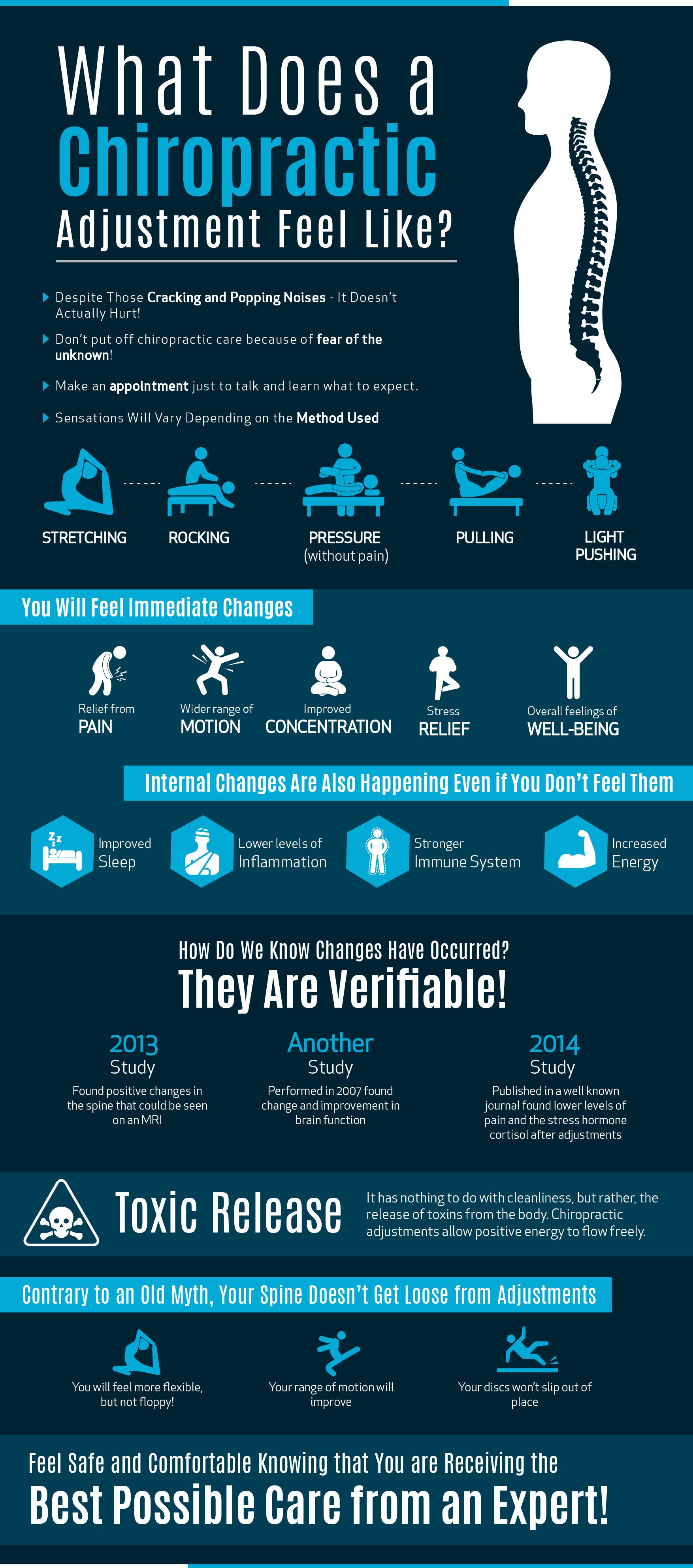How Is Cold Laser Treatment Using Light To Redefine Healing, And What Introducing Prospects Are Arising For Pain Monitoring?
How Is Cold Laser Treatment Using Light To Redefine Healing, And What Introducing Prospects Are Arising For Pain Monitoring?
Blog Article
Staff Author-Sheehan Munck
When considering alternative therapies, cold laser therapy sticks out as a result of its special strategy to recovery. By using hair growth biostimulation therapy of light, it targets mobile functions and advertises recovery in a non-invasive manner. This technique not just boosts ATP production but additionally help in lowering inflammation and discomfort. As research continues to unravel, the effects for recovery and discomfort management could be significant. What does this mean for future treatment alternatives?
The Devices of Cold Laser Treatment
Cold laser treatment, likewise called low-level laser therapy (LLLT), works by promoting cellular feature through the application of specific wavelengths of light.
When the laser light penetrates your skin, it engages with the mitochondria in your cells, raising ATP manufacturing. This increase in ATP stimulates your cells, promoting recovery and regrowth.
The light also affects cell membrane layers, boosting their permeability and facilitating vitamins and mineral absorption while removing contaminants. In addition, cold laser treatment activates the release of endorphins and lowers inflammation, assisting your body respond more effectively to injury.
You'll experience boosted blood circulation as the treatment boosts capillary growth, guaranteeing that oxygen and nutrients reach broken tissues extra efficiently.
Comprehending these devices can aid you appreciate its possibility in advertising healing.
Possible Advantages of Cold Laser Therapy
When considering alternatives for pain relief and recovery, you could discover cold laser treatment to be an enticing option. This non-invasive method can help in reducing inflammation, relieve discomfort, and promote tissue repair.
Lots of people report quicker recovery times from injuries and surgical treatments after undergoing cold laser treatment. It's especially advantageous for conditions like joint inflammation, tendonitis, and muscular tissue strains.
You might likewise appreciate that it has very little adverse effects compared to drugs. Furthermore, cold laser therapy can enhance blood circulation, which helps in supplying nutrients and oxygen to harmed locations.
Current Research and Medical Applications
As interest in cold laser therapy grows, scientists are exploring its different applications and efficiency in medical setups. You'll locate research studies investigating its role hurting monitoring, wound recovery, and lowering swelling.
In physical therapy, specialists make use of cold laser therapy to boost recovery in sports injuries, while dentists are discovering it valuable for dealing with oral discomfort and periodontal conditions. Ongoing tests are examining its possibility in treating conditions like arthritis and neuropathy.
https://titusefeif.tokka-blog.com/34609904/examining-the-present-landscape-of-laser-treatment-breakthroughs-and-advantages aim to establish standard protocols and dosages, guaranteeing security and effectiveness. As more evidence arises, you may see cold laser treatment coming to be a staple in both recovery and pain monitoring, offering individuals a non-invasive alternative that complements typical therapies.
Final thought
To conclude, cold laser therapy uses a promising technique to recovery by utilizing particular wavelengths of light to enhance mobile functions and advertise recovery. With benefits like improved blood flow, decreased swelling, and pain alleviation, it's becoming a valuable option for different conditions. As research study remains to develop standardized procedures, you can anticipate higher acceptance of this non-invasive treatment in recovery methods and discomfort administration methods, making it a possible game-changer for many patients.
